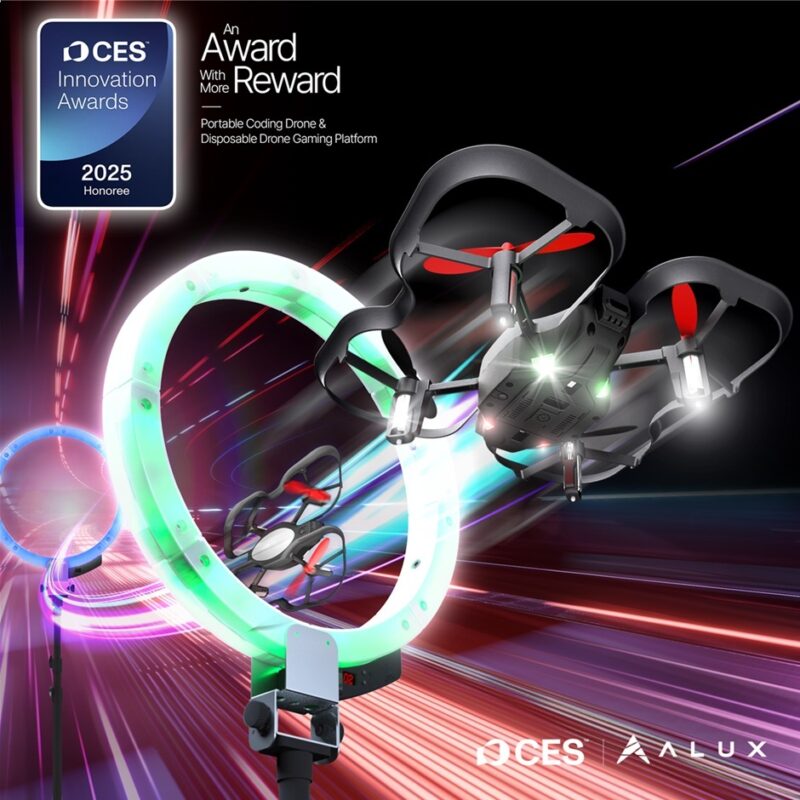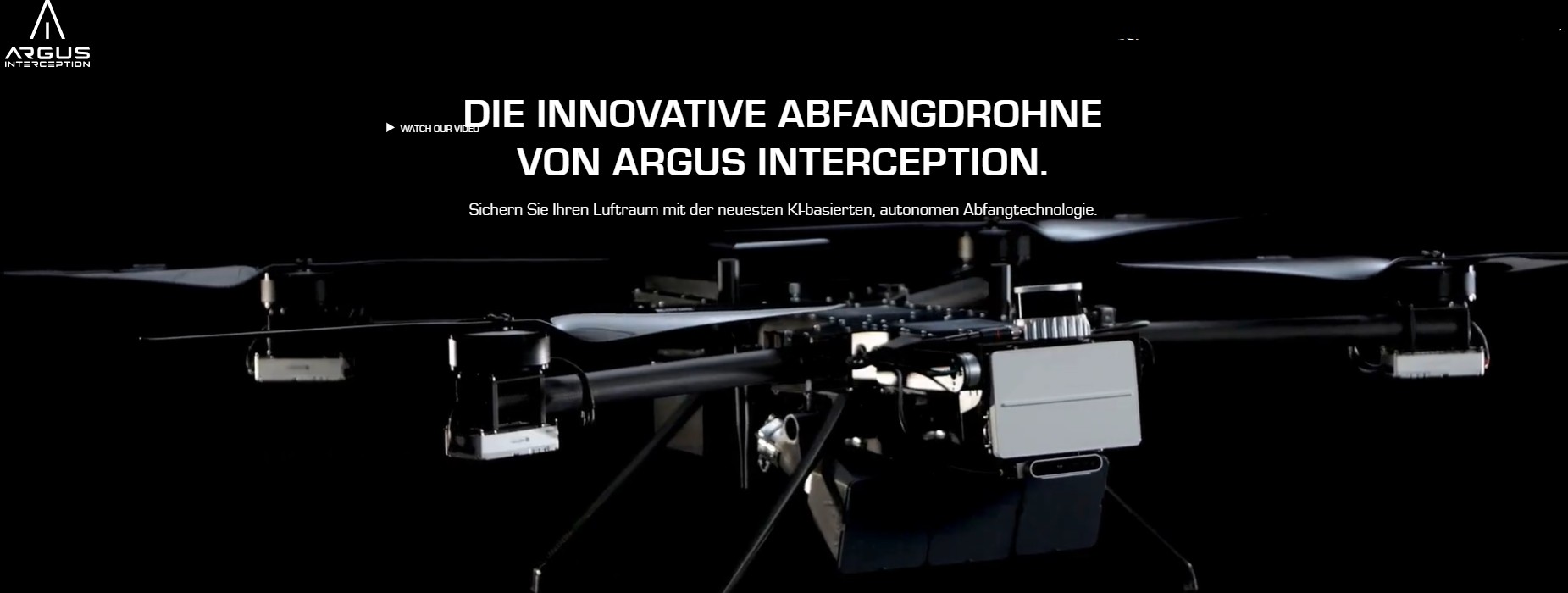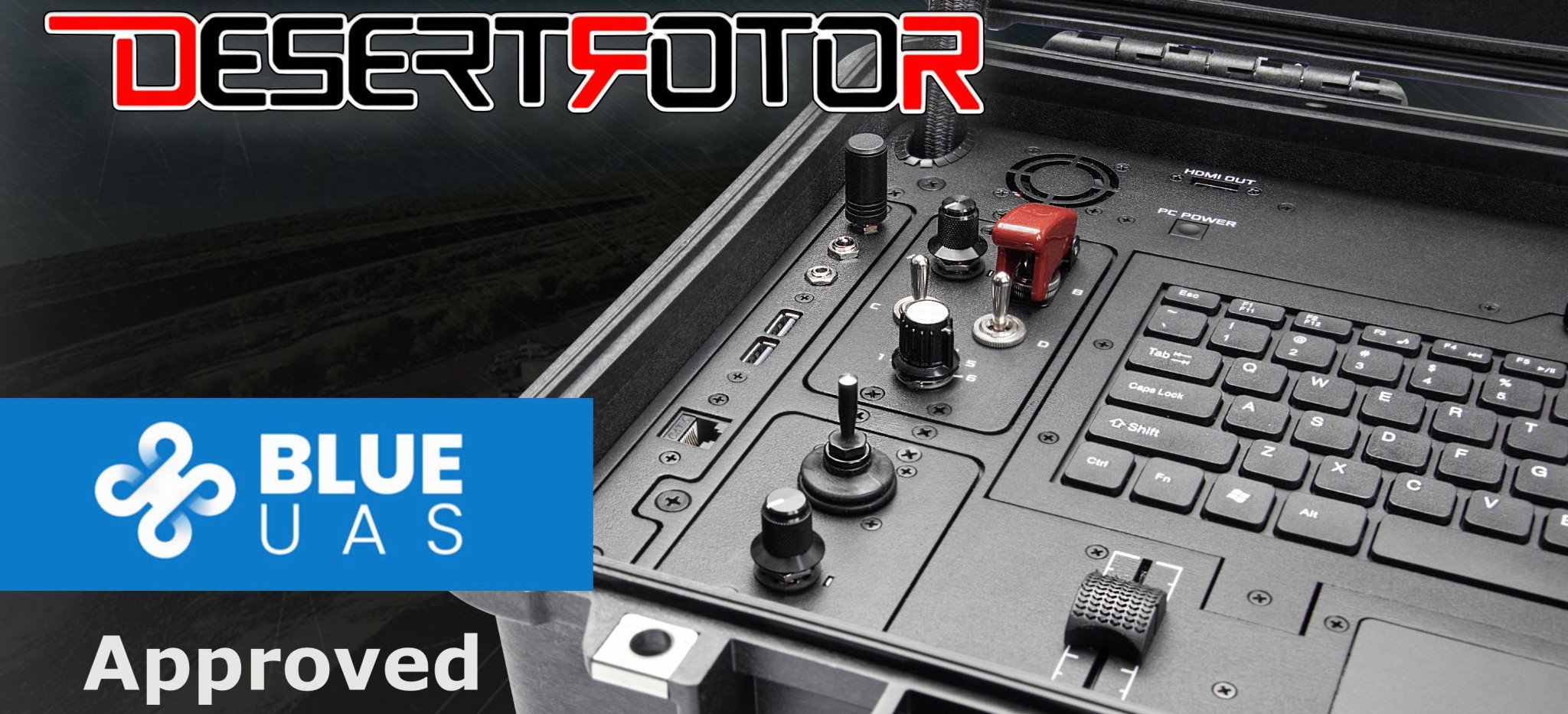ALUX Launches Educational Drone and Coding Platform

. With the rise of STEM (Science, Technology, Engineering,and Mathematics) initiatives worldwide, educators and innovators arecontinuously seeking new ways to engage young minds, making learning both funand practical. ALUX, a pioneering tech company, has recently taken a bold stepforward in this direction by launching an innovative educational drone andcoding platform that uniquely combines STEM learning with the excitement ofeSports competition.
The new ALUX platform offers a portable drone designed notjust for flying but for interactive learning and coding challenges. It mergesthe physical thrill of drone piloting with the intellectual challenge ofprogramming, creating a holistic educational experience. This blend is a freshtake on how we introduce children, teenagers, and even adults to the world oftechnology. It moves beyond traditional classroom teaching methods by providinghands-on, experiential learning that is engaging, immersive, and competitive.

One of the standout features of ALUX’s platform is itssupport for multiple programming languages. This means learners with varyinglevels of coding experience can participate. Beginners can start with visualprogramming languages, using block-based coding to intuitively understandlogical structures and commands. More advanced users can dive into text-basedlanguages such as Python or JavaScript, enabling them to write more complexcode and truly unlock the drone’s potential. This adaptability ensures that theplatform can serve a wide range of learners, from elementary school students tocollege attendees or even adults looking to enhance their skills.
Beyond the educational aspect, ALUX has incorporated agamification element inspired by the booming eSports industry. The platformfeatures drone competitions where users can program their drones to performcomplex maneuvers, races, and tactical missions against others in real-time orasynchronous tournaments. These competitions add an exciting, social dimensionto learning, motivating students to refine their coding skills and strategicthinking. By transforming coding exercises into competitive gameplay, ALUX tapsinto the natural human desire for achievement and social interaction,encouraging deeper engagement with STEM subjects.
Moreover, the platform is designed to be portable andaccessible. ALUX understands the importance of making technology educationavailable beyond the traditional classroom. Whether it’s a school STEM club, anafter-school program, a community center, or even home use, the drone andcoding kit can be easily transported and set up in diverse environments. Thisportability helps break down barriers related to access, enabling a broaderdemographic of learners to benefit from the cutting-edge technology.
ALUX’s approach aligns well with current educational trendsemphasizing experiential and project-based learning. Rather than passivelyabsorbing information, students actively create and experiment. This style oflearning promotes critical thinking, problem-solving, and collaboration—skillsessential in the modern workforce. With drones as the medium, learners receiveimmediate, tangible feedback on their code. When a drone responds precisely tocommands or wins a race, the connection between abstract programming conceptsand real-world applications becomes clear and exciting.
The company also designed the platform with educators inmind. ALUX provides comprehensive support materials, including lesson plans,tutorials, and challenge ideas, making it easier for teachers to integrate thetechnology into their curricula. The platform’s modular structure allowseducators to tailor the learning experience to their students’ specific needsand skill levels. This flexibility means ALUX’s technology can be used not onlyin formal education settings but also in workshops, camps, and extracurricularactivities.
Another notable benefit of ALUX’s platform is its potentialto bridge the gender gap in STEM. By packaging coding education within agame-like, social experience, the platform appeals to a wider audience,including groups traditionally underrepresented in technology fields. Theexcitement of drone piloting and competition, combined with the collaborativeenvironment fostered by the platform, creates an inclusive space where learnerscan thrive regardless of background.
ALUX’s platform also supports collaborative learning.Students can form teams, share code, and strategize together to optimize theirdrone’s performance. This aspect encourages communication and teamwork,essential soft skills that complement the hard skills of coding and technicalunderstanding. Such collaboration simulates real-world work environments wheremultidisciplinary teams innovate together to solve complex problems.
Importantly, ALUX’s product addresses a common challenge inSTEM education: how to sustain students’ interest over time. Many traditionaleducational tools become repetitive or abstract, leading to disengagement. Thedynamic, competitive, and interactive nature of the ALUX platform keepslearners coming back, eager to improve their skills and outmaneuver theirpeers. The continuous cycle of learning, applying, competing, and receivingfeedback creates a powerful motivational loop.
From a technical perspective, the drones used in the ALUXplatform are engineered for durability and precision. Lightweight yet robust,they are capable of performing intricate maneuvers necessary for competitivechallenges. The control systems are highly responsive, allowing for seamlessexecution of programmed commands. This reliability enhances the user experienceand minimizes frustration, which can be a barrier to learning.
Looking at the broader implications, ALUX’s innovation couldserve as a model for the future of education technology. As the demand forskilled tech professionals grows, early exposure to programming and robotics iscritical. Platforms like ALUX’s not only prepare the next generation for thedigital economy but do so in a way that is engaging and enjoyable. Thispositive association with technology can encourage lifelong learning and opencareer pathways in STEM fields.
Moreover, by merging physical and digital realms, ALUXintroduces learners to the increasingly important concept of cyber-physicalsystems, where software controls tangible hardware. This understanding isfundamental for emerging fields such as robotics, autonomous vehicles, and theInternet of Things (IoT). By mastering these concepts early, learners build astrong foundation to innovate and adapt in the future.
In conclusion, ALUX’s launch of its educational drone andcoding platform marks a significant milestone in STEM education innovation. Byintegrating drone technology, multi-language coding support, gamification, andportability, it offers a comprehensive tool that transforms learning into anengaging adventure. This platform empowers learners to develop critical STEMskills while fostering collaboration, creativity, and competitive spirit. Asmore schools, clubs, and communities adopt such tools, the future looks brightfor a generation equipped not only with knowledge but with the passion andskills to shape tomorrow’s technology landscape.



